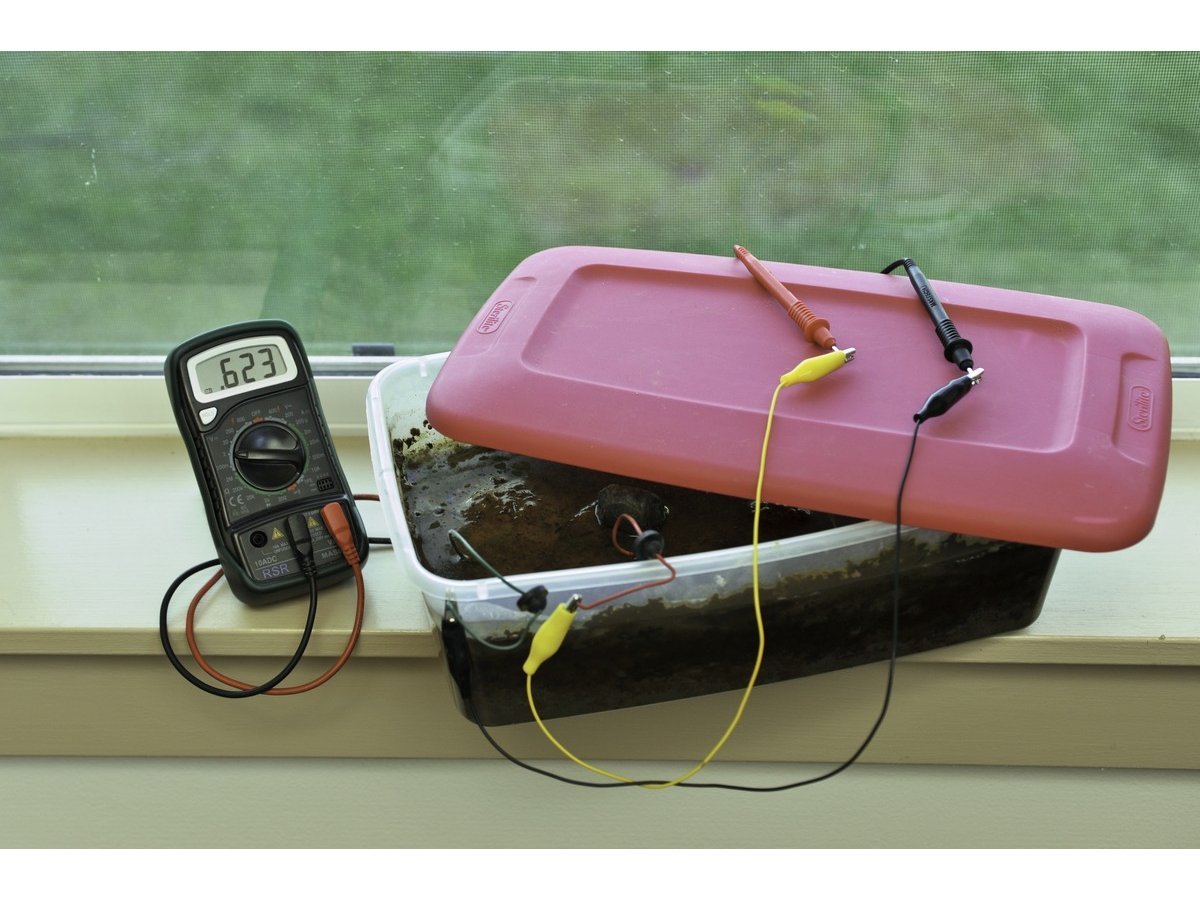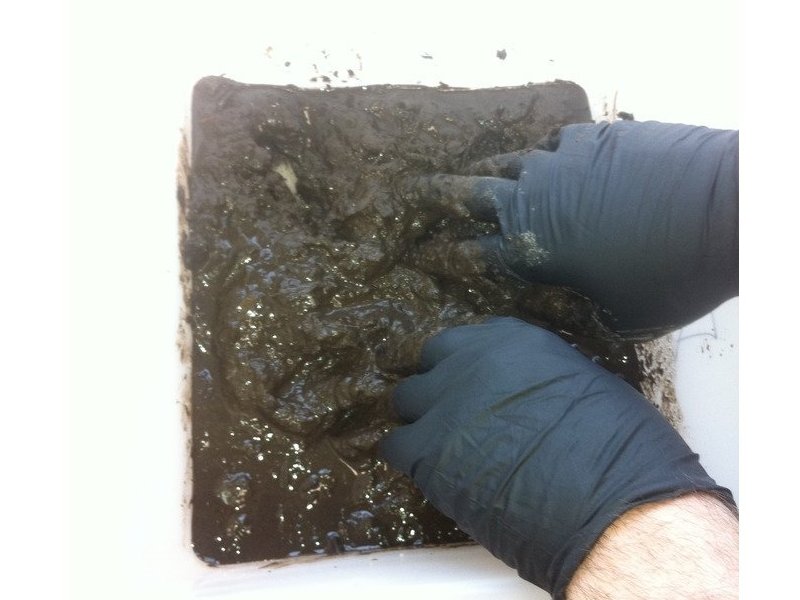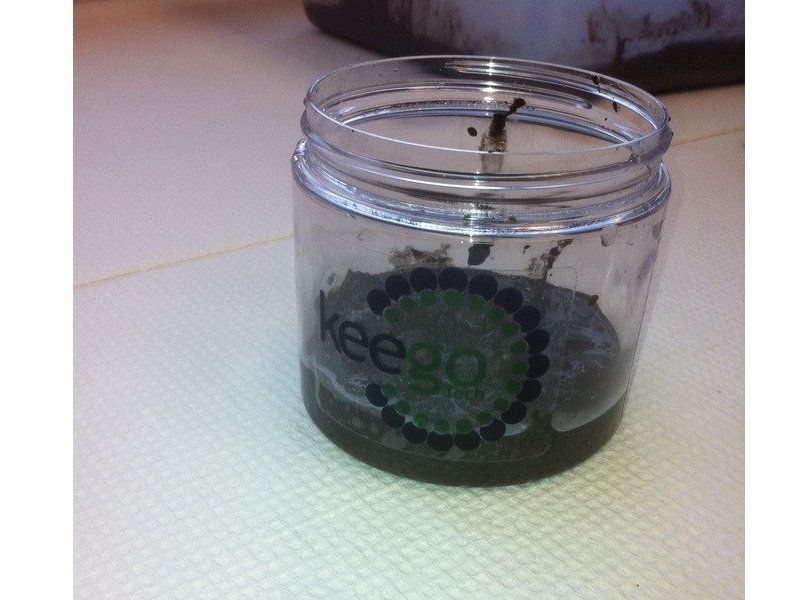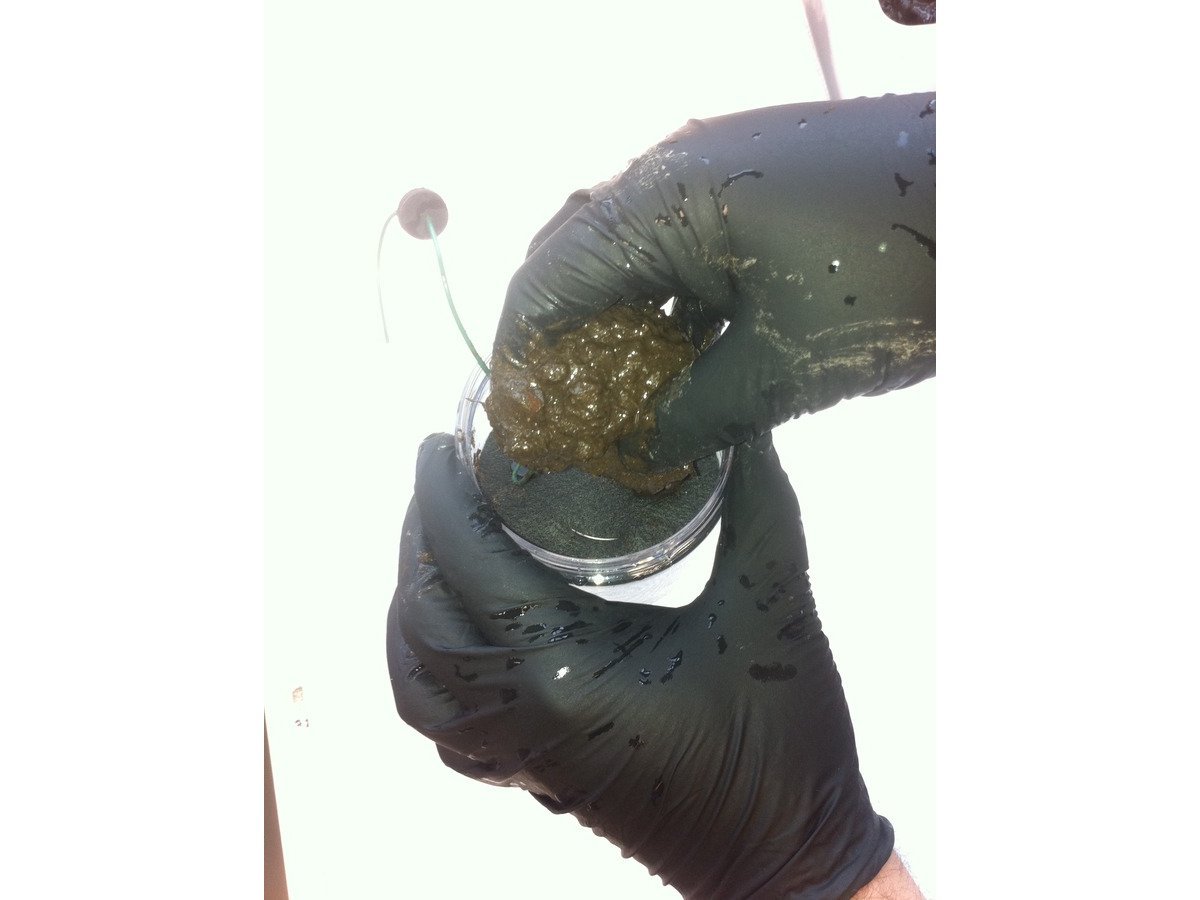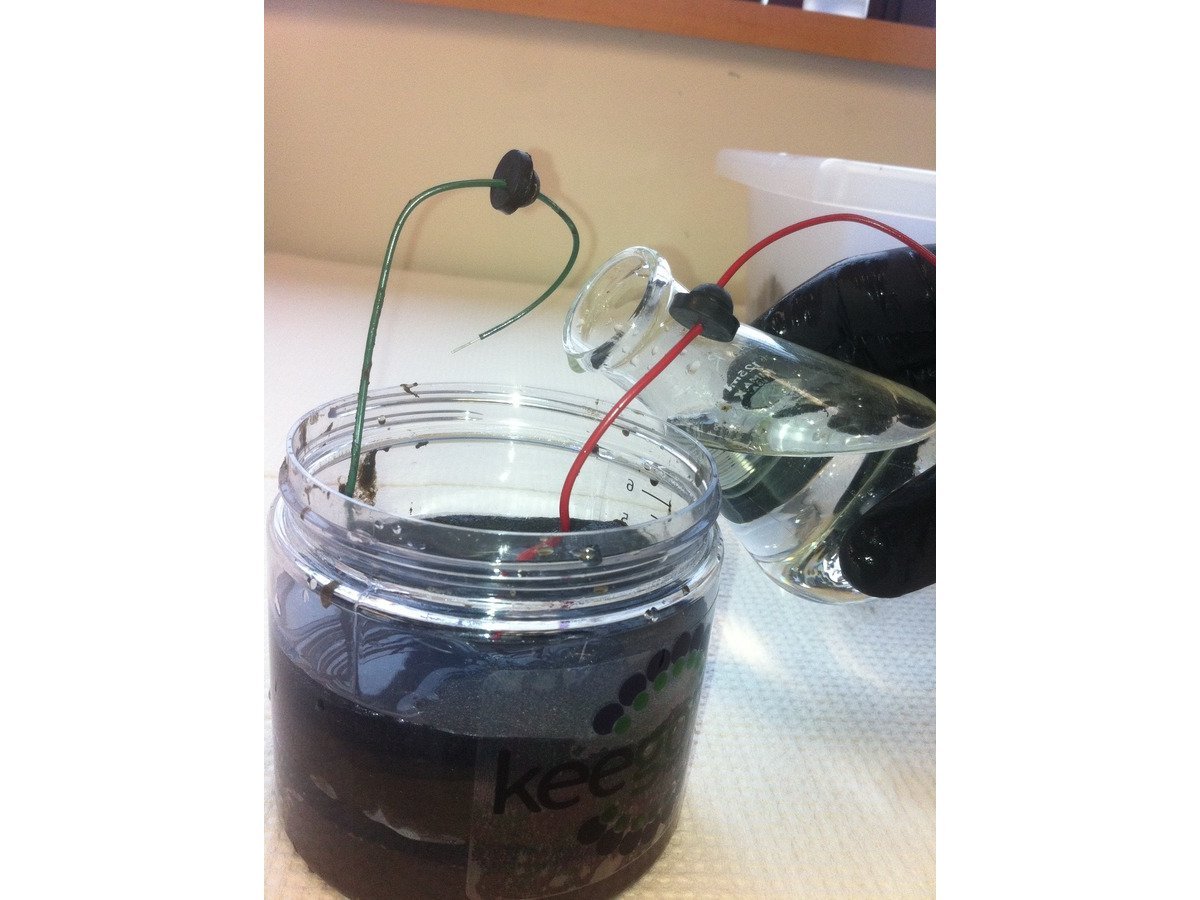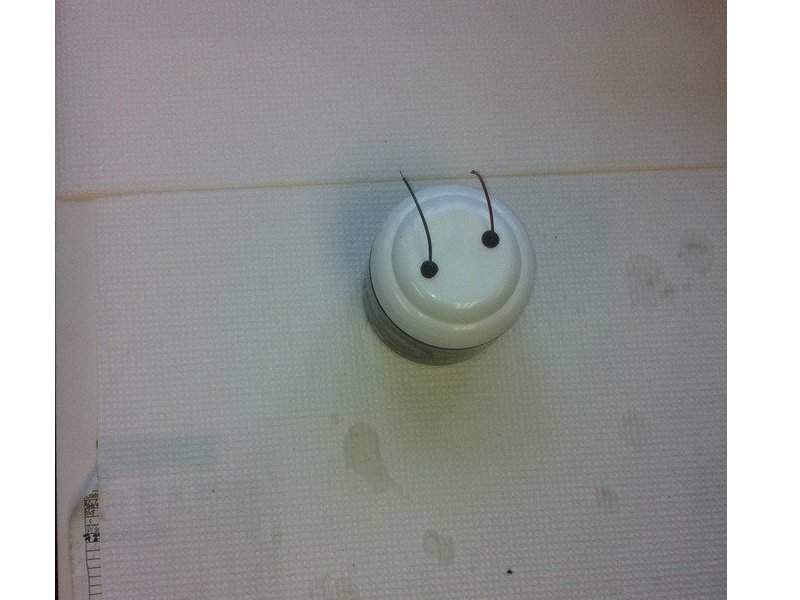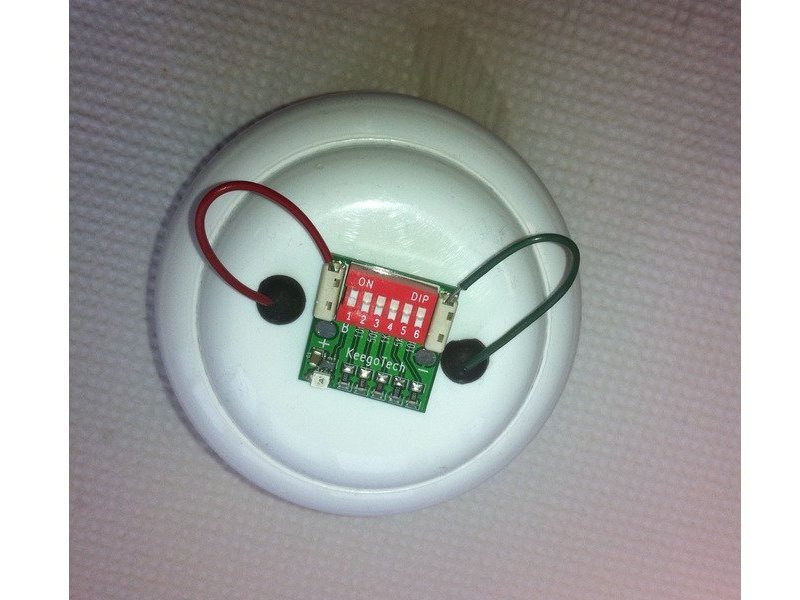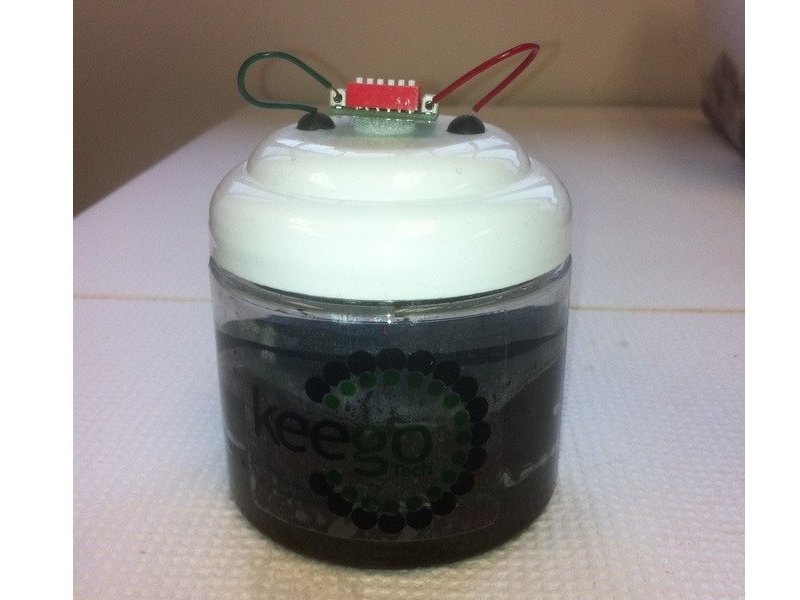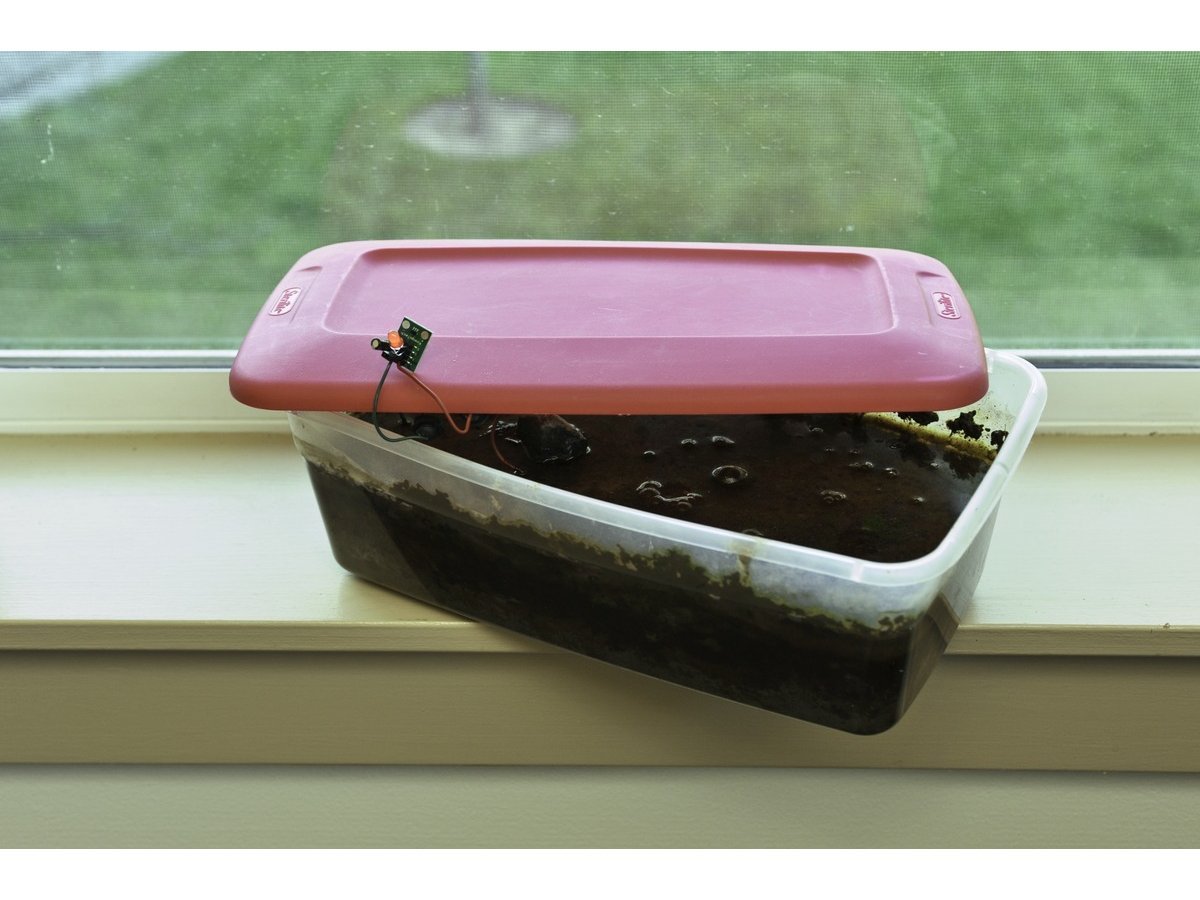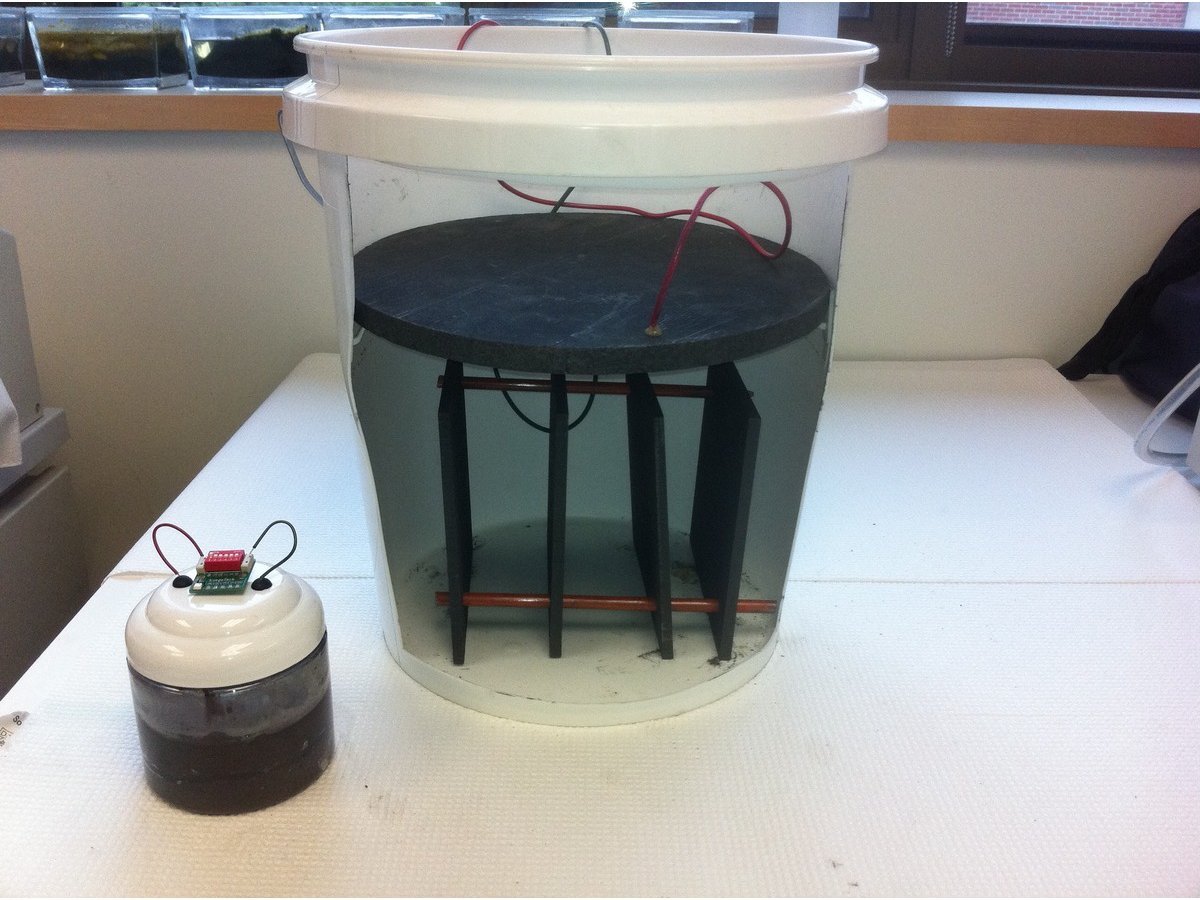Microorganisms often get a bad name because some of them cause disease. But many have useful abilities, from making beer, cheese, and wine to processing waste and cleaning up toxic chemicals. One type of bacteria, discovered in 1987 by Derek Lovley, can generate electricity. Here’s how you can find bacteria like these in a local pond and put them to work.
Most non-photosynthesizing bacteria, like all animals, get their energy from the cellular respiration process, which converts glucose and oxygen to water and carbon dioxide. Oxygen works as an oxidizer, which means it accepts electrons as it combines with other chemicals in reactions. But special bacteria underground have no oxygen to breathe. Instead, they produce energy for their growth by transferring electrons to clumps of rust and other surrounding metal oxides, in a process called dissimilatory metal reduction. We now know that these electric bacteria are found in mud virtually everywhere on Earth, as well as in soil and compost heaps.
A microbial fuel cell (MFC) does the same thing as a battery: drive electrons from an anode to a cathode through chemical oxidation/reduction reactions. What makes MFCs different is that they run on organic substrate and bacteria.
“Metal-breathing” (Geobacter) bacteria at the anode carry out the oxidation reaction, converting plant and animal debris in the mud into electricity and carbon dioxide. Electrons flow through wires to a cathode sitting in water above the mud, where they combine with oxygen to complete the circuit. The bacteria are highly efficient in this arrangement and can produce electricity continuously for many months or even years.
Experimental MFC-powered buoys now operate in the Potomac River, using naturally occurring bacteria in the mud to measure and transmit meteorological data.
These “Benthic Unattended Generators” (BUGs) have worked for several years with no decrease in power output (see http://nrl.navy.mil/code6900/bug). Geobacter species possess other useful abilities, such as the ability to respire radioactive uranium and remove it from ground water. They have proven versatile and effective in cleaning up areas contaminated with uranium or organic pollutants.
In addition to their scientific interest, MFCs are a useful educational tool: a popular science project that encompasses microbiology, chemistry, electronics, and other disciplines. That’s why Keego Technologies developed the MudWatt, a low-cost microbial fuel cell kit. They also support online discussion forums for MFC makers.
With the MudWatt, students of all ages are learning about MFCs and making scientifically relevant discoveries. For example, a 6th-grade student in Santa Cruz uncovered (literally) a river sediment that produces twice as much power as typical topsoil.


